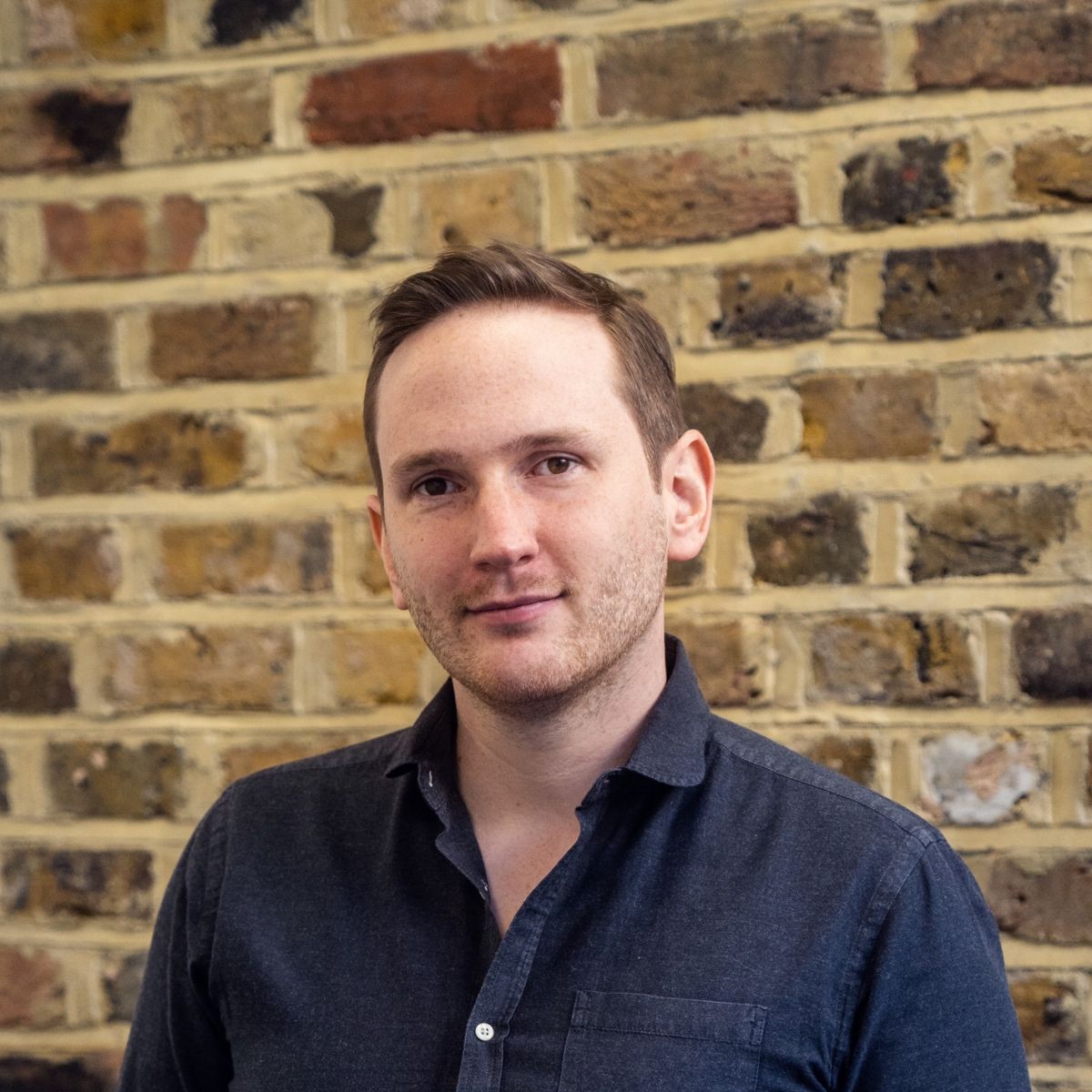
You may have noticed that I refrained from publishing a post on our SBC experience recently. This was in part because things are getting real at Startupbootcamp and time gets increasingly scarce and partly quality over quantity 😉
First things first, I mentioned in my last post that I will tell you a few things that other start-ups might rather keep to themselves in return for a bit of help. Here’s how you can hold up your end of the bargain:
Request 1: Avid cyclists with high value bike(s) that are currently insured, please do get in touch – we’d love to speak with you about your bike and coverage to help us build a kick-ass product
Request 2: Do you know professional cyclists, cycling coaches, cyclists with a voice (e.g. bloggers) or shop owners? Please connect us to them. We’re looking to build a strong eco-system.
In both cases please write to tobias@laka.co.uk
Thanks!
+++
Re-cap
We’re now 42 days into the program with another 58 days to demo day. Since then, we have worked on our value proposition, defined our minimum viable product, learned about the art of storytelling, complemented by effective market research methods. We applied Google’s Design Sprint methodologies and delved into growth hacking.
We have frequent check-ins with the “GO” team, experts in lean methodology, helping us to understand our customers and our own journey better and, of course, we get the SBC team’s full attention during our weekly 1-2-1 sessions.
During the mentor matching sessions, we met many of the 150+ strong network – true experts in their respective areas.
We had the ABI and FCA visiting, and attended social events, at the Rainmaking Loft and externally, including a tour through the place “where it all began” – the Lloyd’s market.
It’s a lot to digest! At times, I just want to run with it, develop something, make progress. Get stuff done.
I guess that’s the real value of an accelerator program: knowledgeable people who guide you through the process and challenge your thoughts frequently so that you run in the right direction, without too many wrong turns.
I enjoy our journey a lot and most of the things we are doing seem to make sense, most of time.
Financial Modelling – It’s all made up, or is it?
To me one of the most difficult tasks in an early stage start-up is to develop 3 year financial projections.
I have spent the past few years in Corporate Finance, modelling revenue growth and cost reductions of mature companies to form a view on their valuation. Putting together 3 year projections for your own venture should be a piece of cake.
The key word here is “mature”. Where there is no revenue to grow, it proves to be much harder to come to sensible conclusions.
And yet these projections are incredibly important. Investors want to peek behind the curtain of what’s to come whilst industry partners need to ensure that there is a viable business case behind the concept.
How do you project your revenues 3 years down the line and defend them with confidence? Isn’t it all made up?
Yes and no. Of course, your projections are at best informed guesses. At the same time, you can do a lot to back these numbers up to form a view.
For starters, market size is key. This can be as niche as you want it to be, it’s just a fraction of the bigger picture, right? In a B2C world, growth will be determined by the number of customers you manage to acquire. As such, have a think how much market share you realistically can capture. Now, add a margin on top. We’re startups (dreamers and believers) after all, right?
In our case, we are looking to capture a small but significant percentage. For example, if the entire market is 100,000 units and you believe you can capture 5% of it, you will need to acquire 5,000 customers at the end of your business plan, usually year 3.
Depending on how difficult it is to acquire these customers, you get a good feel on how your numbers stack up. The important piece is that, you understand how you have a realistic chance to acquire those customers. What are your channels, customer acquisition cost and conversion rates, but also how many of those customers will you be able to retain?
Of course, your venture will be 10x bigger than you dare to show in a business plan. We’re European after all and are too often too prudent. Praise the Americans for plotting £1,000,000,000 as the revenue target on a pitch-deck slide and getting away with it. 😉
Joking aside, I believe a lot can be done by qualitatively adding a few solid growth opportunities beyond the mere numbers.
It was a worthwhile exercise for us to really think things through.
We have 58 days left until demo day, by then I want to tell you a lot more about what we’ve been up to. Stay tuned!
—-
Insure A Thing is a UK-based InsurTech start-up looking to turn General Insurance as we know it on its head. We are working on an entirely new type of product, aligning interest and removing exclusions at a significant lower price.
We are working towards our beta test later this year. If you are an avid cyclist and would like to be considered as a test customer, get yourself on our waiting list now!**
www.laka.co.uk






